The phase relationship between current and voltage in a pure resistive circuit is best represented by
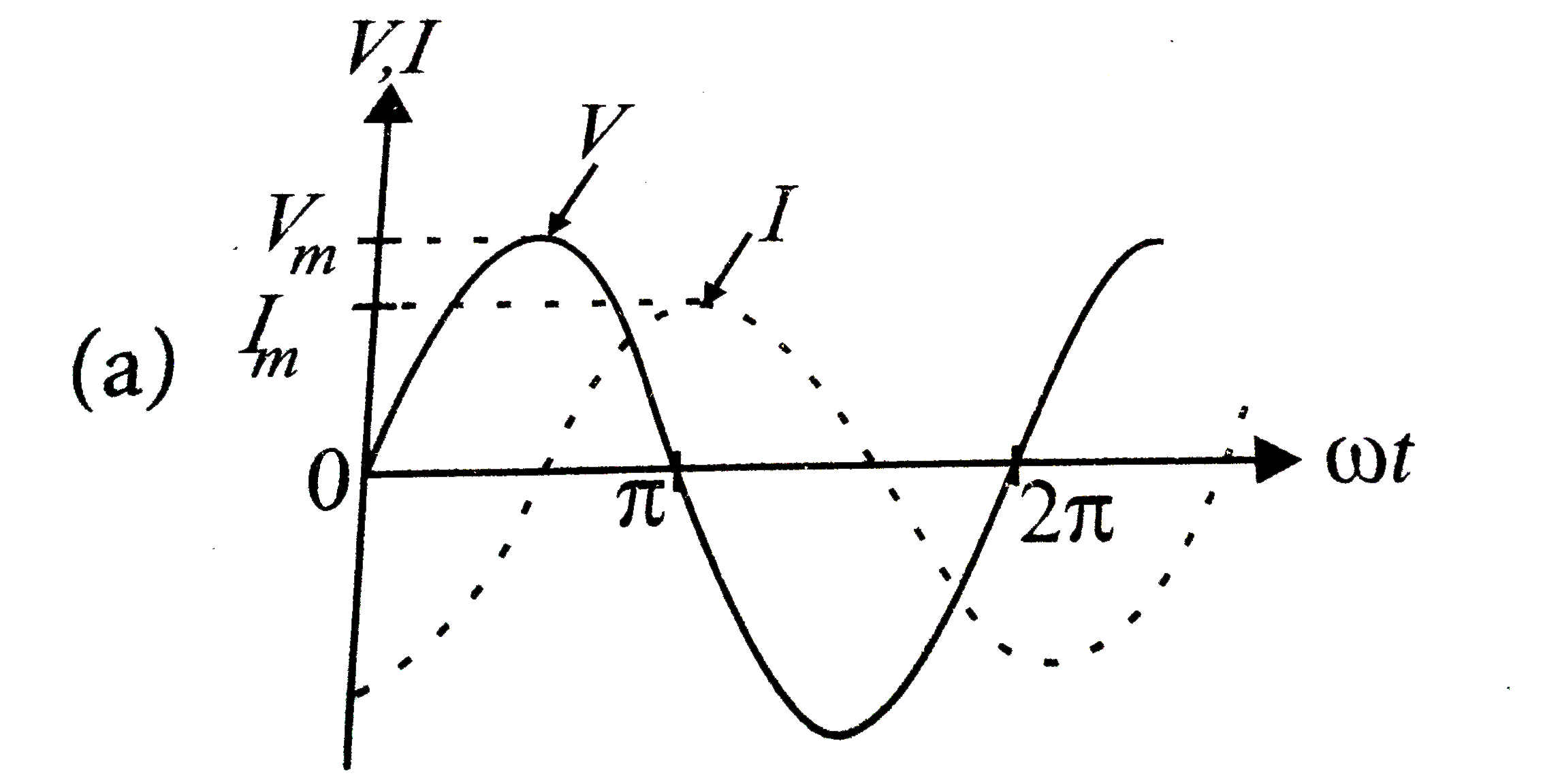
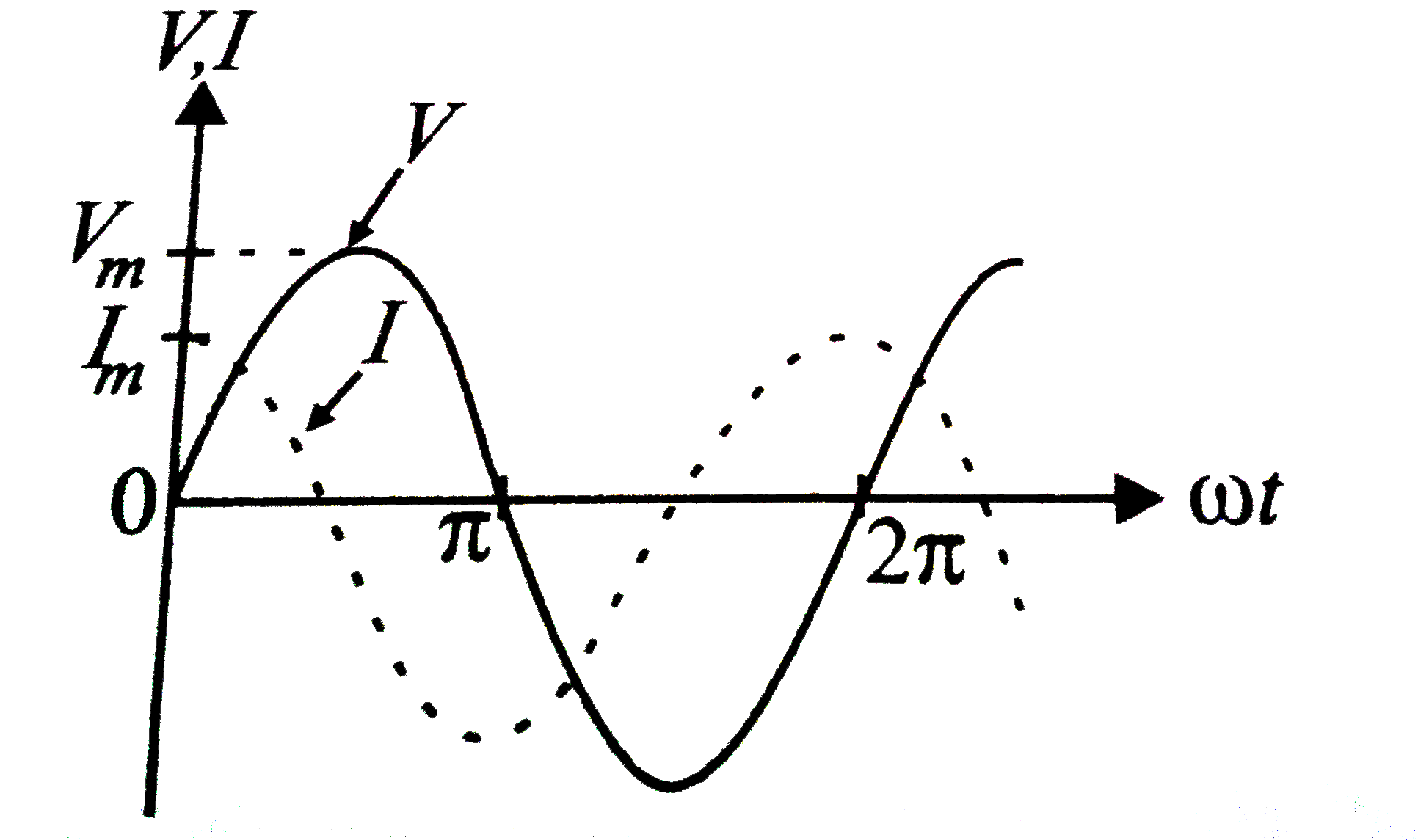
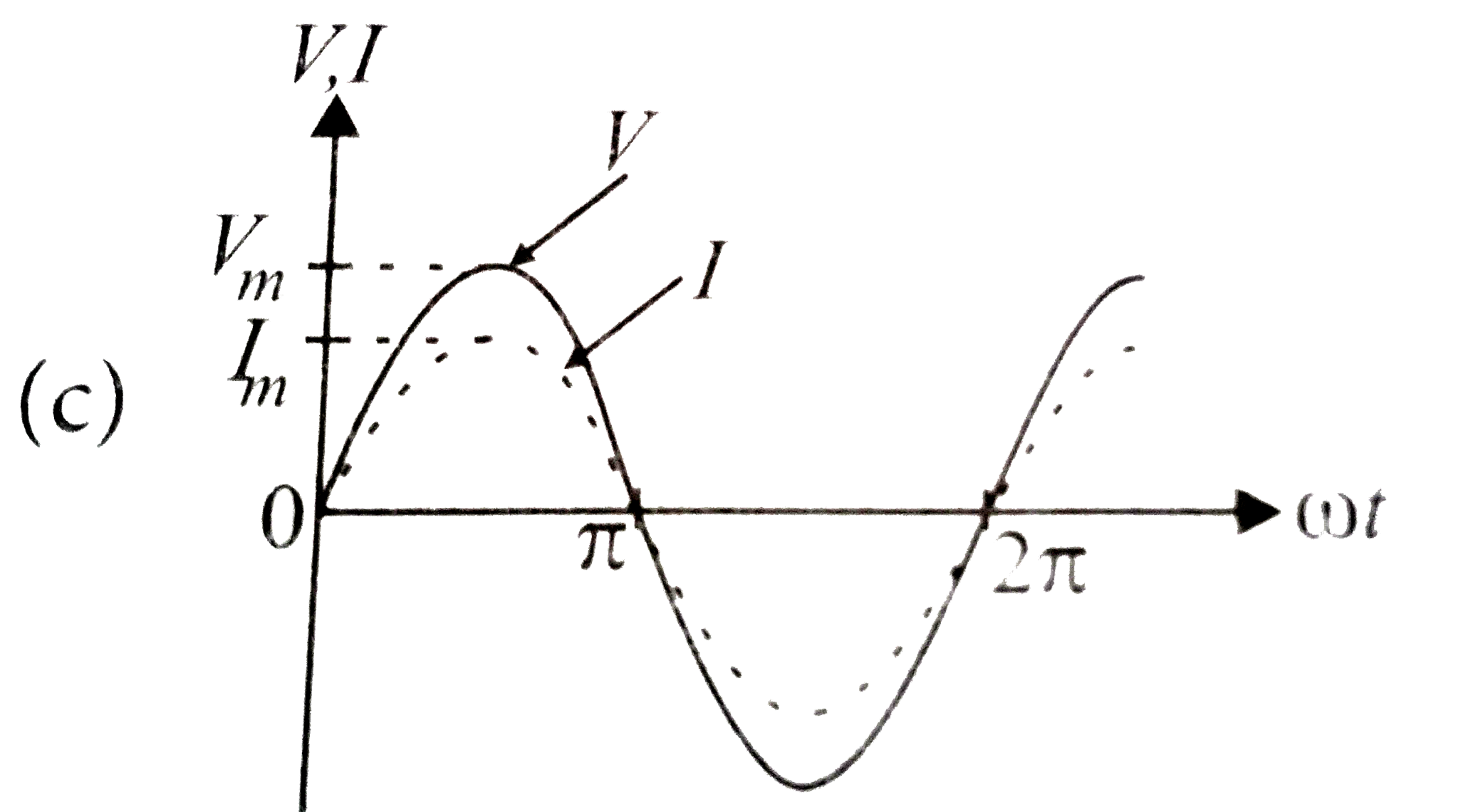
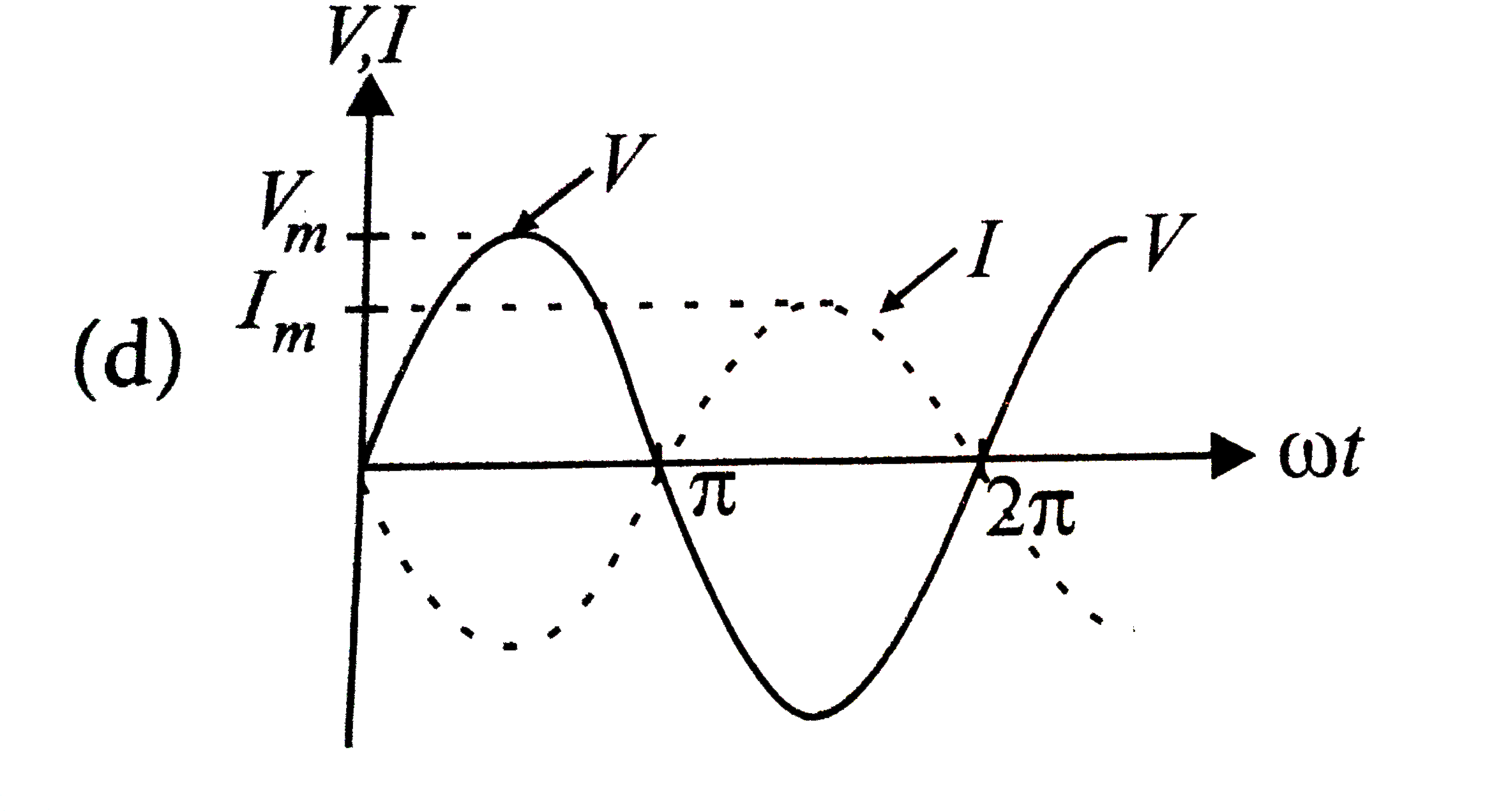
The correct Answer is:C
To determine the phase relationship between current and voltage in a pure resistive circuit, we can follow these steps:
1. Understand the Components of the Circuit:
- In a pure resistive circuit, the only component present is a resistor connected to an AC voltage source.
2. Voltage and Current Equations:
- The voltage across the resistor can be expressed as:
V(t)=V0sin(ωt)
- The current flowing through the resistor can be expressed as:
I(t)=I0sin(ωt)
3. Identify the Phase Relationship:
- Both the voltage and current equations have the same angular frequency (ω) and the same time variable (t). This indicates that the voltage and current reach their maximum and minimum values at the same time.
4. Determine Phase Difference:
- Since both the voltage and current waveforms are represented by the same sine function, the phase difference (ϕ) between them is:
ϕ=0
- This means that the voltage and current are in phase.
5. Graphical Representation:
- If we were to draw the waveforms for both voltage and current, they would oscillate together, reaching their peaks and troughs simultaneously. The voltage waveform would have a peak value of V0 and the current waveform would have a peak value of I0.
6. Conclusion:
- In a pure resistive circuit, the phase relationship between current and voltage is such that they are in phase, which can be summarized as:
Phase difference ϕ=0
Final Answer:
The phase relationship between current and voltage in a pure resistive circuit is best represented by the fact that they are in phase, meaning the phase difference is 0.
---
- In a pure resistive circuit, the only component present is a resistor connected to an AC voltage source.
- The voltage across the resistor can be expressed as:
V(t)=V0sin(ωt)
- The current flowing through the resistor can be expressed as:
I(t)=I0sin(ωt)
- Both the voltage and current equations have the same angular frequency (ω) and the same time variable (t). This indicates that the voltage and current reach their maximum and minimum values at the same time.
- Since both the voltage and current waveforms are represented by the same sine function, the phase difference (ϕ) between them is:
ϕ=0
- This means that the voltage and current are in phase.
- If we were to draw the waveforms for both voltage and current, they would oscillate together, reaching their peaks and troughs simultaneously. The voltage waveform would have a peak value of V0 and the current waveform would have a peak value of I0.
- In a pure resistive circuit, the phase relationship between current and voltage is such that they are in phase, which can be summarized as:
Phase difference ϕ=0
The phase relationship between current and voltage in a pure resistive circuit is best represented by the fact that they are in phase, meaning the phase difference is 0.
Topper's Solved these Questions
- ALTERNATING CURRENT Book:NCERT FINGERTPS ENGLISHChapter:ALTERNATING CURRENT Exercise:HOTS
Explore 8 Videos
- ALTERNATING CURRENT Book:NCERT FINGERTPS ENGLISHChapter:ALTERNATING CURRENT Exercise:NCERT
Explore 7 Videos
- ATOMS Book:NCERT FINGERTPS ENGLISHChapter:ATOMS Exercise:Assertion And Reason
Explore 15 Videos
Similar Questions
Knowledge Check
An ac source of voltage V=Vmsinωt is connected across the resistance R as shown in figure. The phase relation between current and voltage for this circuit is
 Aboth are in phaseBboth are out of phase by 90∘Cboth are out of phase by 120∘Dboth are out of phase by 180∘
Aboth are in phaseBboth are out of phase by 90∘Cboth are out of phase by 120∘Dboth are out of phase by 180∘
Phase relationship between current (l) and applied voltage (E) for a series LCR circuit is shown here. ω0 = Resonant angular frequency of the circuit and ω= Applied angular frequency .
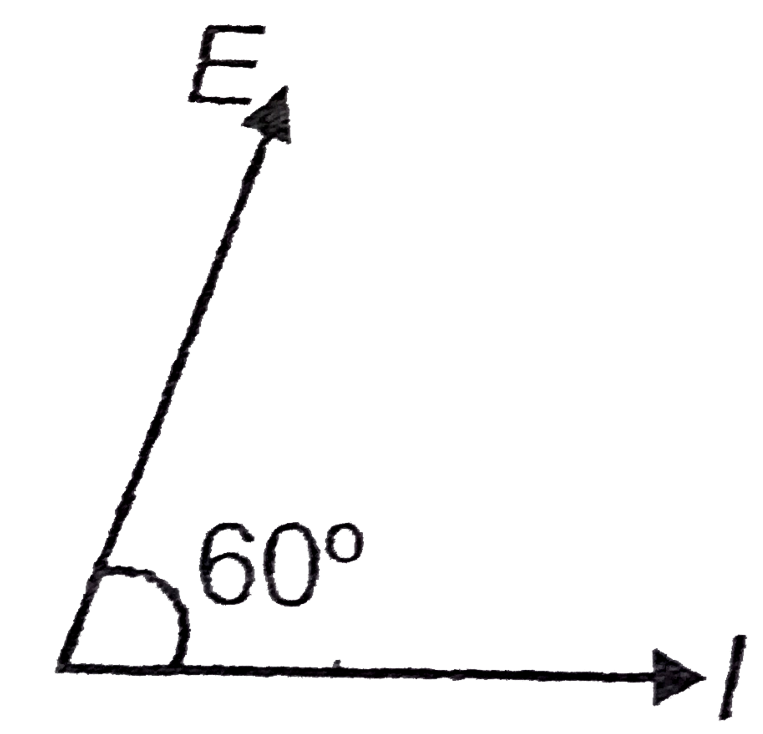
View SolutionA resistance is connected to a capacitor in AC are the phase differece is π4 between current and voltage. Whe the same resistance is connected to an inductor, phase difference becomes tan−1(2). Power factor of the circuit when both capacitor and inductor are connect to the resistance will be
View Solution(i) Find the value of the phase difference between the current and the voltage in the series LCR circuit shown below. Which one leads in phase : current or voltage ?

(ii) What making any other change, find the value of the additional capacitor C, to be connected in parallel with the capacitor C, in order to make the power factor of the circuit unity.
View SolutionA seriesLCR circuit is connected to an ac voltage source. When L is removed from the circuit, the phase difference between current and voltage is π3. If instead C is removed from the circuit phase difference is again π3 between current and voltage. Power factor of circuit is:
View SolutionAn alternating emf 200 volts at 50Hz is connected to a circuit resistance 1ohm and inductance 0.01H. What is the phase difference between the current and the emf in the circuit? Also, find the current in the circuit.
View SolutionAn alternating emf 200 virtual volts at 50Hz is connected to a circuit resistance 1Ω and inductance 0.01H. What is the phase difference between the current and the emf in the circuit? Also, find the virtual current in the circuit.
View SolutionThe phase difference between voltage and current in series L-C circuit is
View Solution

